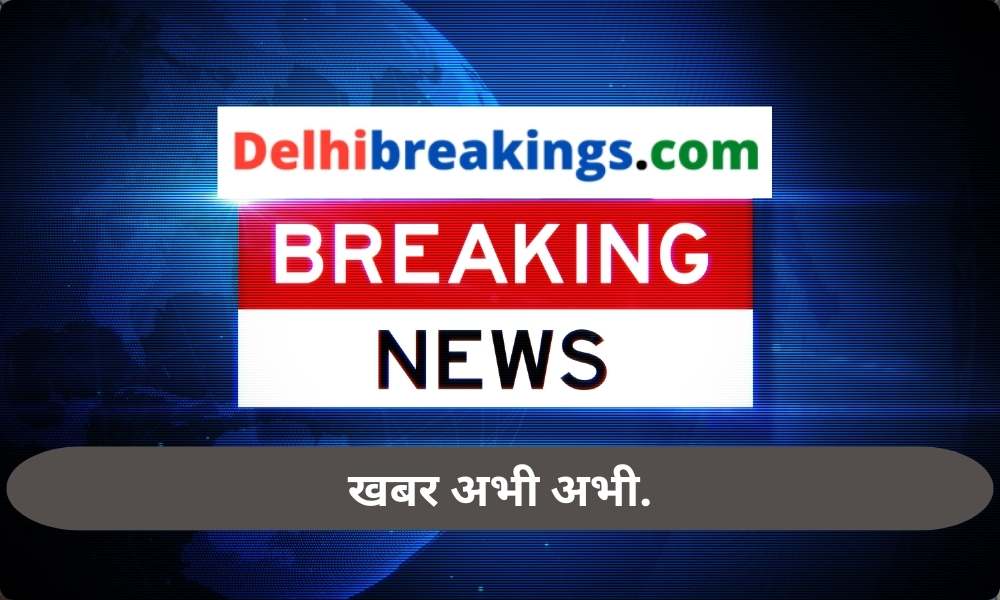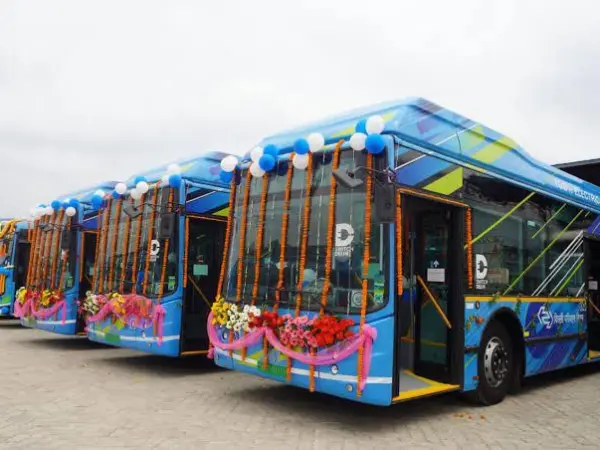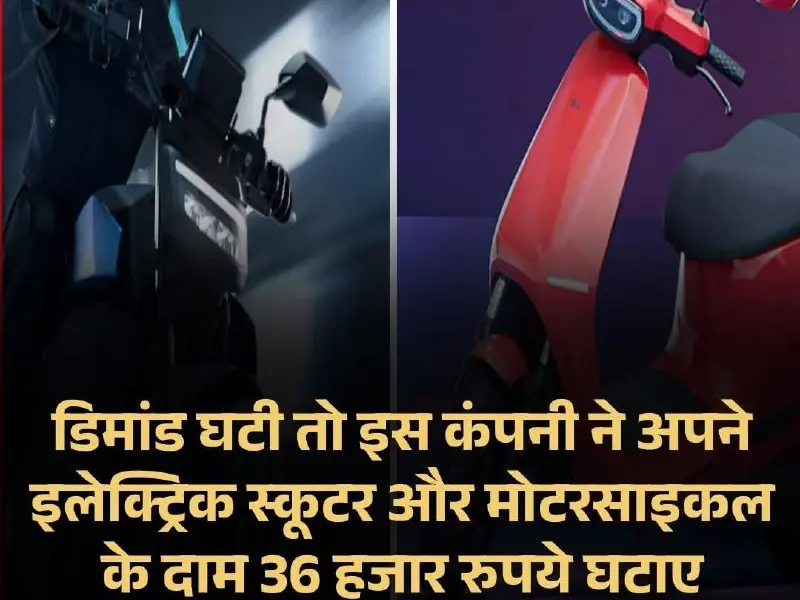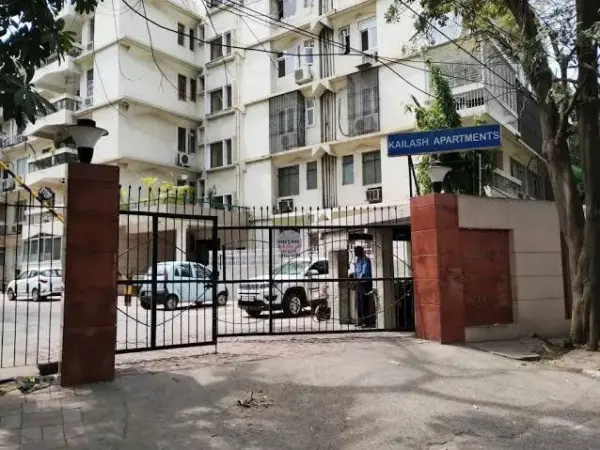BENGALURU: Isro has announced that it will launch its solar mission, Aditya-L1, on September 2. Aditya-L1 is India’s first space-based observatory-class solar mission, designed to study the Sun. The spacecraft will be placed in a halo orbit around the Lagrangian point L1, which is about 1.5 million kilometers from Earth. Placing the satellite in the L1 point will allow it to continuously view the Sun without any occultation or eclipse, providing a greater advantage in observing solar activities. Aditya-L1 will carry seven payloads to observe the photosphere, chromosphere, and the corona of the Sun using electromagnetic and particle detectors. Four payloads will directly view the Sun, while the remaining three will carry out in-situ studies of particles and fields at the Lagrange point L1. The mission is expected to provide crucial information on coronal heating, coronal mass ejection, space weather dynamics, and the propagation of particles and fields in the interplanetary medium.
Launch Date Set
Isro has set September 2 as the launch date for its solar mission, Aditya-L1. The mission aims to study the Sun and will be India’s first space-based observatory-class solar mission. The spacecraft will be placed in a halo orbit around the Lagrangian point L1, which is about 1.5 million kilometers from Earth. This orbit will allow the satellite to continuously view the Sun without any occultation or eclipse. Aditya-L1 will carry seven payloads to observe different layers of the Sun and study various solar activities.
Continuous Observation of the Sun
Placing the satellite in the L1 point provides a major advantage of continuously viewing the Sun without any disruptions. This will allow Aditya-L1 to observe solar activities continuously and provide valuable data on the Sun’s behavior. The spacecraft will carry four payloads that will directly view the Sun, providing detailed observations of the photosphere, chromosphere, and corona. Additionally, three payloads will conduct in-situ studies of particles and fields at the Lagrange point L1, further enhancing our understanding of the Sun and its interactions with the interplanetary medium.
Crucial Information on Solar Phenomena
Aditya-L1’s payloads are expected to provide crucial information on various solar phenomena. The mission will study coronal heating, which is the process responsible for the high temperatures observed in the Sun’s corona. It will also investigate coronal mass ejections, pre-flare and flare activities, and their characteristics. Additionally, Aditya-L1 will study the dynamics of space weather and the propagation of particles and fields in the interplanetary medium. The mission’s findings will contribute to our understanding of the Sun and its impact on Earth.
Conclusion
Isro’s solar mission, Aditya-L1, is set to launch on September 2. The mission aims to study the Sun and will be India’s first space-based observatory-class solar mission. Placed in a halo orbit around the Lagrangian point L1, the spacecraft will continuously observe the Sun without any disruptions. With seven payloads onboard, Aditya-L1 will provide valuable information on various solar phenomena and enhance our understanding of the Sun’s behavior and its impact on space weather.
- Isro has set the launch date for its solar mission, Aditya-L1, on September 2.
- Aditya-L1 is India’s first space-based observatory-class solar mission.
- The spacecraft will be placed in a halo orbit around the Lagrangian point L1.
- Placing the satellite in L1 allows continuous viewing of the Sun without any occultation or eclipse.
- Aditya-L1 will carry seven payloads to observe the photosphere, chromosphere, and corona of the Sun.
- Four payloads will directly view the Sun, while three payloads will conduct in-situ studies at the Lagrange point L1.
- The mission aims to provide crucial information on coronal heating, coronal mass ejection, and space weather dynamics.
- Aditya-L1 will also study the propagation of particles and fields in the interplanetary medium.
- The mission’s findings will contribute to our understanding of the Sun and its impact on Earth.
Follow DelhiBreakings on Google News
Superfast News Coverage by DelhiBreakings.com team.
For Superfast national news and Delhi Breaking Stories visit us daily at https://delhibreakings.com





